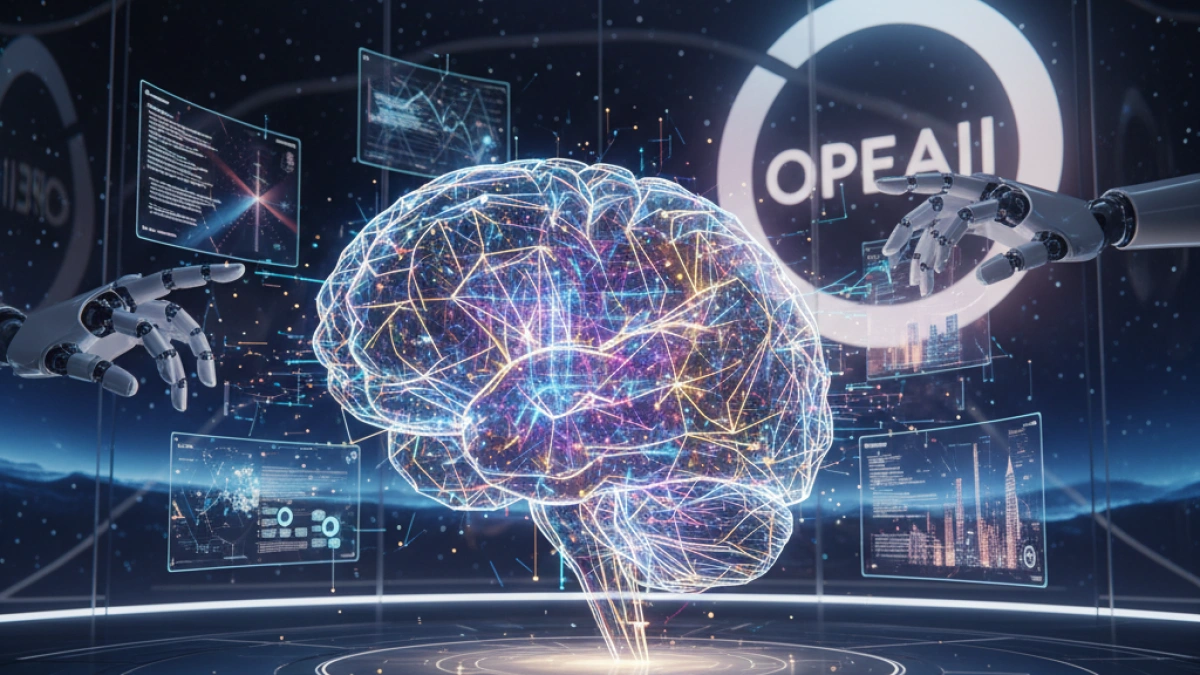Open AI Launches O1 Reasoning Models


Artificial intelligence (AI) has advanced by leaps and bounds in recent years. One of the most recent and exciting developments in this field is Open AI's launch of the O1 Reasoning Models. In this article, we will discuss in depth what these models are, how they work, and their impact on the future of AI.
What Are O1 Reasoning Models?
The O1 Reasoning Models are a new series of algorithms designed by Open AI to enhance the ability of machines to reason and make informed decisions based on data. These models focus on the combination of machine learning techniques and logical reasoning, enabling machines to understand, interpret, and generate more coherent and contextual responses.
Key Features of O1 Models
- Contextual Reasoning: O1 models are capable of considering the context in which a question or request is made, significantly improving the accuracy of responses.
- Dynamic Interaction: These models can adapt to user interaction in real-time, allowing for smoother and more natural conversations.
- Optimization of Complex Tasks: O1 models are designed to handle tasks that require a high level of reasoning, making them ideal for applications in areas such as medicine, education, and customer service.
Breakdown of the Reasoning Process
O1 models use a combination of deep neural networks and logical reasoning algorithms. This dual approach allows them to:
- Analyze Data: Examine large volumes of data to identify patterns and meaningful relationships.
- Infer Conclusions: Use logic to draw conclusions based on the available information.
- Generate Responses: Produce responses that are not only relevant but also coherent and well-founded.
Applications of O1 Models
O1 Reasoning Models have a wide range of applications across various industries. Below, we explore some areas where their implementation can make a significant difference.
Read also
1. Health and Medicine
In the healthcare sector, O1 models can assist medical professionals in making more informed decisions. They can analyze symptoms and previous recommendations, providing diagnoses that take into account the entire context of the patient.
2. Education
These models can personalize learning for students, adapting content and teaching methods to individual needs. This not only enhances understanding but also increases knowledge retention.
3. Customer Service
In the realm of customer service, O1 models can optimize user interactions by providing accurate and contextualized responses to customer inquiries, improving the overall user experience.
Ethical Implications and Considerations
As advanced AI models like O1 are developed and launched, ethical concerns also arise. The ability of these models to reason raises questions about responsibility and transparency in their use.
The Need for Transparency
It is essential that companies using O1 models maintain a high level of transparency regarding how these algorithms work. This includes explaining the decision-making process and allowing users to understand how certain conclusions were reached.
Mitigating Bias
Developers must be vigilant about biases that can influence the results produced by these models. Training the models on biased data can lead to unfair or inaccurate decisions, making it crucial to review and curate the datasets used to train them.
Conclusion
The launch of O1 Reasoning Models by Open AI represents a significant advancement in the field of artificial intelligence. As this technology continues to evolve, it is crucial for both developers and users to understand how it works, as well as the ethical implications it entails. These models have the potential to transform various industries and improve quality of life, provided they are used responsibly and consciously.
Frequently Asked Questions (FAQ)
What differentiates O1 Reasoning Models from other AI models?
O1 models focus on logical reasoning combined with machine learning, allowing them to offer more precise and contextualized responses compared to other models that use only one of these techniques.
In which sectors can O1 Reasoning Models be applied?
The most notable sectors include healthcare, education, and customer service, although their use could extend to many other areas in the future.
What are the ethical concerns associated with O1 models?
The main concerns include the need for transparency in the decision-making process and the mitigation of biases in the data used to train the models.
Where can I find more information about O1 models?
For more information, you can visit the official Open AI website and consult their technical documents, blogs, and announcements regarding O1 models and other initiatives.
This article has been optimized for SEO in order to provide valuable and relevant information about Open AI's O1 Reasoning Models.

















